How to finish the top edge of quartz backsplash
HU-472816740
2 years ago
Related Stories
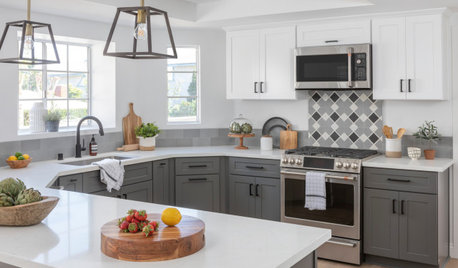
KITCHEN DESIGNTop Colors and Materials for Counters, Backsplashes and Walls
Neutral colors and engineered quartz reign in kitchen remodels, according to the 2020 U.S. Houzz Kitchen Trends Study
Full Story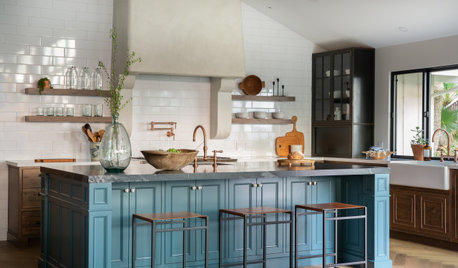
KITCHEN DESIGNTop Colors and Materials for Countertops, Backsplashes and Floors
See the choices that homeowners remodeling kitchens are making, according to the 2021 U.S. Houzz Kitchen Trends Study
Full Story
KITCHEN COUNTERTOPS10 Top Backsplashes to Pair With Soapstone Countertops
Simplify your decision-making process by checking out how these styles work with soapstone
Full Story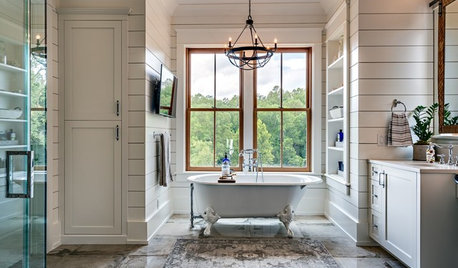
INSIDE HOUZZTop Styles, Colors and Finishes for Master Bath Remodels in 2018
Contemporary is again the No. 1 style, but farmhouse is gaining steam, according to the U.S. Houzz Bathroom Trends Study
Full Story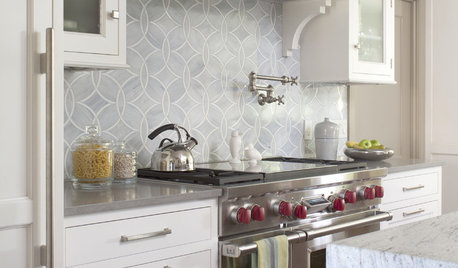
KITCHEN DESIGN8 Top Tile Types for Your Kitchen Backsplash
Backsplash designs don't have to be set in stone; glass, mirror and mosaic tiles can create kitchen beauty in a range of styles
Full Story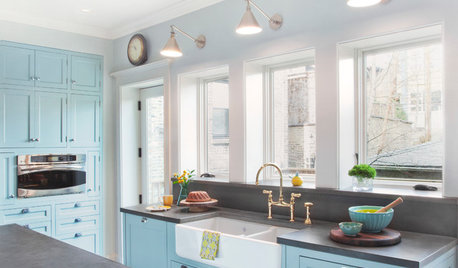
KITCHEN BACKSPLASHES10 Top Backsplashes to Pair With Concrete Counters
Simplify your decision making with these ideas for materials that work well with concrete
Full Story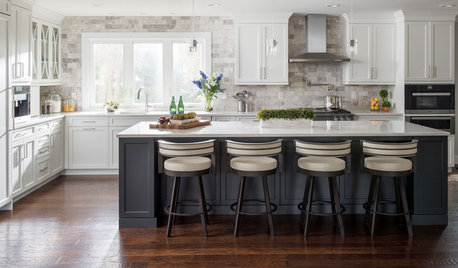
WHITE KITCHENSWhite Cabinets Remain at the Top of Kitchen Wish Lists
Find out the most popular countertop, flooring, cabinet, backsplash and paint picks among homeowners who are renovating
Full Story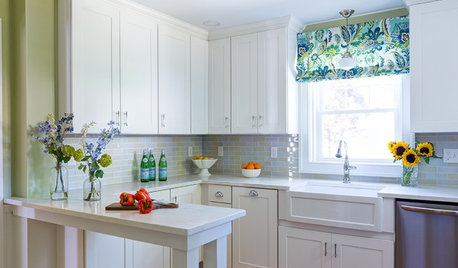
INSIDE HOUZZWhat’s Popular for Kitchen Counters, Backsplashes and Walls
White is the top pick for counters and backsplashes, and gray is the most popular color for walls, a Houzz study reveals
Full Story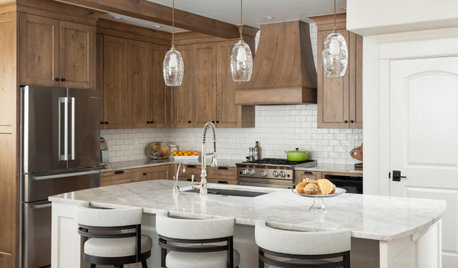
KITCHEN BACKSPLASHESWhere to Start and Stop Your Backsplash
Consider these designer tricks to work around cabinets, windows and other features for a finished look in your kitchen
Full Story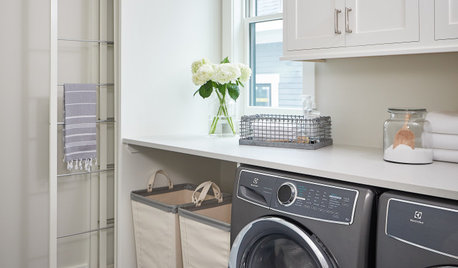
TRENDING NOWTop 10 Laundry Rooms of 2020
Smart storage features and stylish finishes helped make these the most-saved laundry photos among Houzz users this year
Full StoryMore Discussions






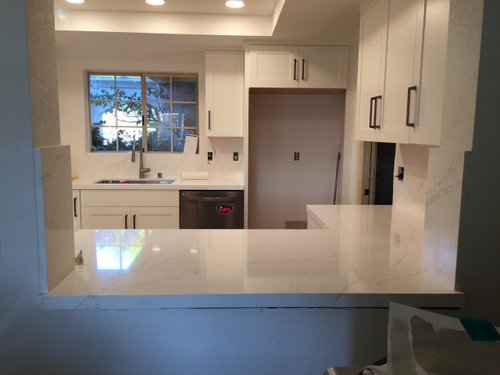
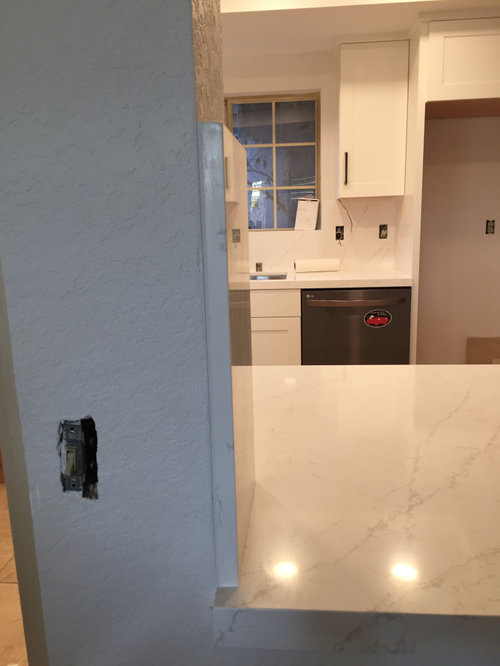

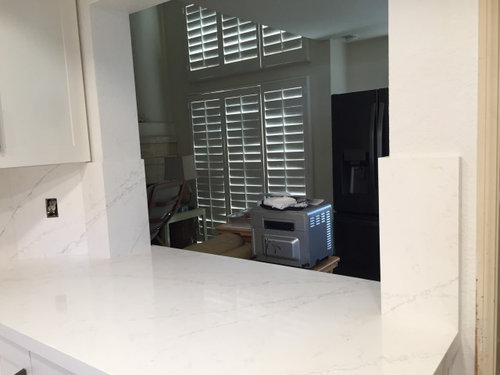
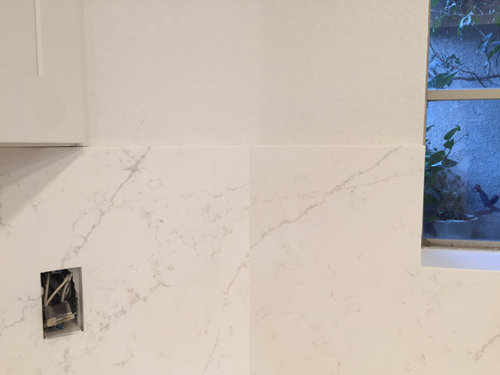

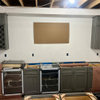
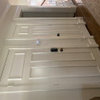

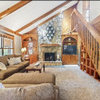
Verbo
MaryBocaTX
Related Professionals
Anchorage Architects & Building Designers · Henderson Kitchen & Bathroom Designers · Redmond Furniture & Accessories · Carson City Furniture & Accessories · Four Corners General Contractors · Klahanie General Contractors · New Baltimore General Contractors · Rancho Santa Margarita General Contractors · Saint Andrews General Contractors · Spencer General Contractors · Clarksburg Kitchen & Bathroom Designers · Pueblo Kitchen & Bathroom Remodelers · Middletown Cabinets & Cabinetry · Calumet City Design-Build Firms · Castaic Design-Build FirmsMaryBocaTX
Patricia Colwell Consulting
susie
MaryBocaTX
susie
JAN MOYER
kculbers
Joseph Corlett, LLC